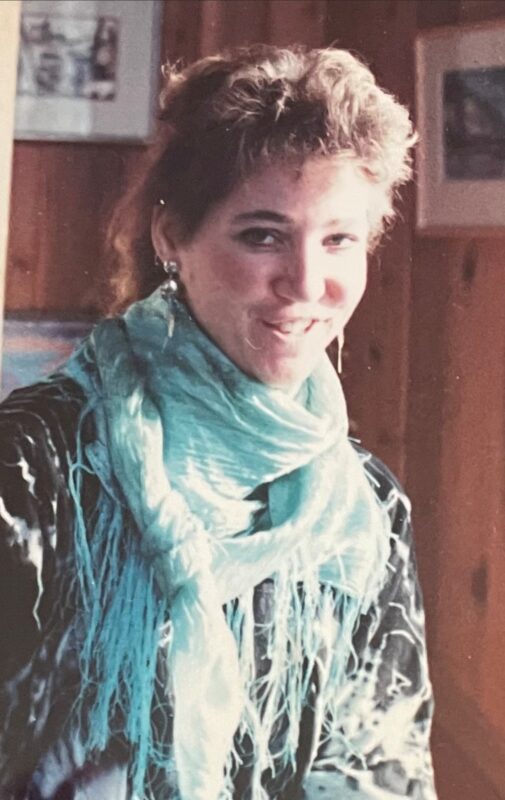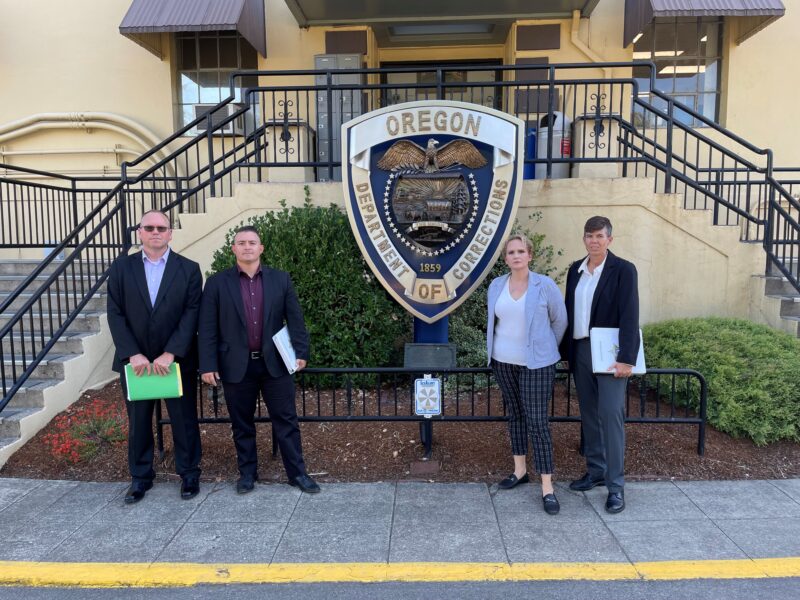|
|

In February 1996, Keith Jesperson, the serial killer known nationally as the Happy Face killer, admitted to an Okaloosa County Sheriff’s Office investigator he was responsible for killing a “Jane Doe” in August 1994, and dumping her body near the Holt exit on Interstate 10. He told OCSO Investigator Glen Barbaree that he believed the woman’s name was “Susan” or Suzette.”
Despite the Okaloosa County Sheriff’s Office, Florida Department of Law Enforcement, and District One Medical Examiner’s Office working decades to positively identify the woman, her name remained a mystery. That changed in March 2023.
“In late 2022, the D1MEO began working with Othram, a company that uses genetic genealogy to aid in identification. Othram, Inc., based in The Woodlands, Texas, is a leader in using Forensic-Grade Genome Sequencing to develop comprehensive genealogical profiles. In 2023, the D1MEO sent samples to Othram, Inc. and, with funding through the National Missing and Unidentified Persons System (NamUs), a genealogical profile produced leads that led to Suzanne Kjellenberg’s identification,” said Chrissy Neiten, Chief Investigator with the District One Medical Examiner’s Office.
In September, OCSO Investigators Kelly Henderson and Aaron Pitman, along with Mark Zagar from the FDLE, and Assistant State Attorney Michelle Sandler, traveled to the Oregon State Penitentiary where Jesperson is currently serving seven life sentences for the murders of seven other women across the country while he worked as a long-haul trucker.
Jesperson, who was unaware until that morning of the group’s arrival, met with them unannounced and provided additional details which law enforcement was not previously aware of.
“As of today’s date, Jesperson has been charged with the murder of Suzanne Kjellenberg,” said Sheriff Eric Aden. Kjellenberg, who was 34 at the time of her death, currently has family in Wisconsin. Notification has been made to her next of kin, who expressed gratitude for the perseverance of investigators, the Medical Examiner’s Office, and the FDLE. They also asked for privacy to cope with this new development. At the Oregon State Penitentiary, Jesperson outlined again to investigators that he met the victim at a truck stop near Tampa in August 1994 and they traveled to a rest area in the Panhandle. While at the rest area, Jesperson was parked next to a security guard and the victim was sleeping in his bed. When he sat next to her, he says she began screaming and wouldn’t stop. Jesperson told investigators he was not allowed to have unauthorized riders in his truck, and didn’t want to draw the security guard’s attention, so he stopped her from breathing by pushing his fist against her neck. He later placed zip ties around her throat as well.
Jesperson left the area and drove to the Holt exit on Interstate 10, where he disposed of her body. It was found by an inmate work crew in the tree row on September 14th, 1994.
Jesperson is known as the Happy Face Killer due to letters he wrote to the media detailing his crimes signed with a “smiley face.”
“Thanks to the tireless efforts of so many over so long, the remains of Suzanne Kjellenberg, the final unidentified victim of Jesperson’s cross country murder sprees, can finally leave the Medical Examiner’s Office, and return home.” said Sheriff Aden.
Full Statement from District One Medical Examiner’s Office:
On September 15, 1994, the D1MEO received the skeletonized remains of a female found near I-10. During the initial investigation, the remains were sent to the C.A. Pound Human Identification Laboratory in Gainesville by Dr. Kielman. An osteological examination showed the remains to be that of a white female aged approximately 35 to 55 years. Samples were sent for entomological examination for estimation of time since death. A clay facial reconstruction did not generate any leads.
Serial killer Keith Jesperson later admitted to killing a woman and disposing of her remains in the area, stating she called herself Susanne.
In 2007, a forensic artist completed a new facial reconstruction in hopes of identifying the victim. In 2008, the remains were sent for additional anthropological examination at the University of West Florida. Specimens were sent to the FBI Laboratory for DNA analysis and entry into the National Missing Person DNA Database. Mitochondrial DNA was also analyzed and entered into CODIS. In 2018, specimens were sent for isotope analysis at the University of Florida.
In late 2022, the D1MEO began working with Othram, a company that uses genetic genealogy to aid in identification. Othram, Inc., based in The Woodlands, Texas, is a leader in using Forensic-Grade Genome Sequencing to develop comprehensive genealogical profiles. In 2023, the D1MEO sent samples to Othram, Inc. and, with funding through the National Missing and Unidentified Persons System (NamUs), a genealogical profile produced leads that led to Kjellenberg’s identification.”


###


